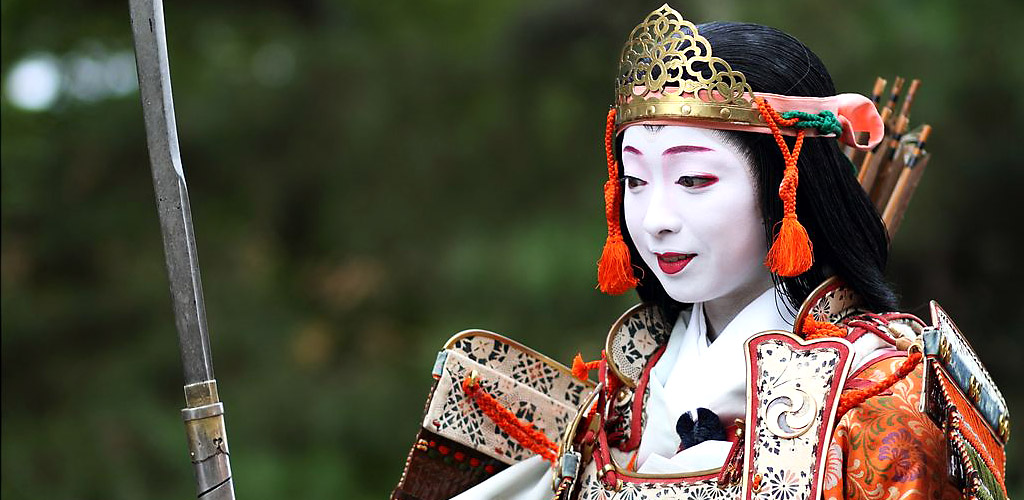Narita Stopover
Many travelers spend a long layover at Tokyo's Narita International Airport not realizing with a few hours to sapre they can explore a wonderful local treasure: Narita City and the splendid Narita-san Shinjoji Temple and park. For travelers simply passing through Japan, the small temple town also provides a quant view into the quieter side of Japanese life.
The sightseeing is convenient, but well-rounded, with a famous pagoda (Narita-san Shinjoji) surrounded by a scenic park, and walking from the temple, there is a long central street (a half-mile long) of old-style shops, galleries, fish markets, and noodle shops selling traditional crafts and wares and cuisine.
Here is the ideal place to enjoy the local specialty for lunch – unagi (eel). For museums, there is a calligraphy museum and also one at the pagoda. Naritasan (Naritasan Shinshoji Temple): The large and popular Buddhist temple complex was built in the year 940. The temple's main sacred object of worship is a statue of the Buddhist Fudo Myoo deity. Kobo Daishi, the founder of the Shingon Sect and one of the most important figures in Japan's religious history is said to have carved the statue himself. Unagi (eel), a specialty of Narita. Fresh eel, sliced and put it over an open flame grill. The eel usually takes around 10 minutes to be fully prepared and served on skewers.
Other nearby sightseeing options include several lakes and parks nearby if they prefer a nature escape, including Lake Imba and Jinbei Park.
Example Itinerary
Narita-san Shinjoji Temple is the town's crown jewel and worshipers travel from all over the region to this cultural heritage temple during Buddhist holidays. One can easily spend half a day strolling the temple grounds and park, exploring its lush winding paths, ponds and pagodas. To enter the temple, you walk through a traditional Buddhist gate surrounded by nearby stalls that bear curious talismans. Markers dot the hillside to commemorate those who have contributed to the temple's well-being. Once you reach the top of the hill, the grounds open up immensely, and a large incense burner, located directly in front of the landing, douses the air with its heavy, yet cleansing smoke. Behind it, the pavilion building acts as the temple's main worship and meditation hall. To the right of the main hall lies the Sanjunoto, a three-tiered pagoda, one of the most intricately painted structures I have ever seen. Near the Sanjunoto, there are several benches are available for resting or meditation. If time allows, clients should take the hike up behind the main tier of the pagoda where they will discover small creeks that meander through dense foliage and converge at a lake. Clients should follow the shoreline, tracing a path that heads back into the woods, past a smaller temple, to finish the circuit.
Narita Dining
Restaurants and noodle shops line Omotesando, the main street that bisects Narita City and connects the Narita-san Shinjoji Temple and the JR train station, curving into an "S" around the hill. Cuisine ranges from traditional to westernized Japanese food. Clients can also purchase homemade Senbei rice crackers and Yokan sweet-bean jellies in more flavors than they can count; most of these foodstuffs are unique to one store or just a few. If clients taste something they like, it is best that they buy some on the spot. Near the Omotesando, clients will also find the modest-looking Onoya Ryokan, restaurant and shop. The specialty of the house is a five-flavored soba noodle combination dish, featuring regional cold soba noodles made with various ingredients such as spinach, beets or squash. To mollify any sweet tooth, clients should consider concluding their meals with matcha (green tea) ice cream, which is readily available in many stores and restaurants.
More Information
For extensive information on Narita, visit Mike Newman's extensive Narita Layover Page.

